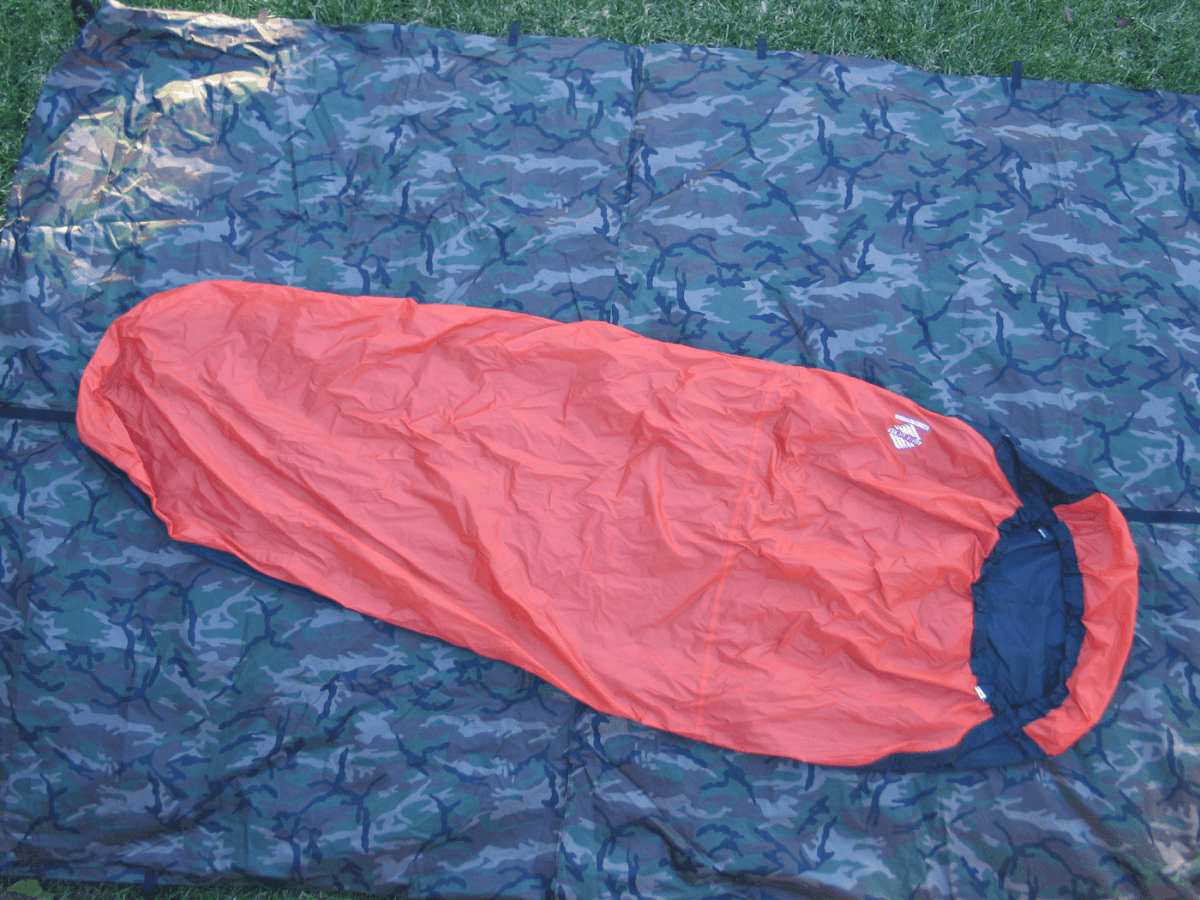There is only one thing that can make a trip into the backwoods absolutely miserable and that’s having everything you own soaking wet from an unexpected rainstorm. In some parts of the country the weather is unpredictable and flash storms can appear over the horizon in a matter of minutes. If not properly prepared, it only takes a few short minutes of rain to drench you, your gear and any supplies you may be carrying. If in a survival situation, this isn’t a good thing at all. Throw in nighttime low temperatures into the mix, and concocted for you are some dangerous conditions.
Since 1996, Aqua Quest has been developing and producing an array of waterproof equipment designed specifically to keep out the rain, from backpacks to dry bags to bivy tents and tarps. We took a closer look at just two of those products: The Mummy Bivy Tent and the Medium Camo Tarp.
The Mummy
Your sleeping bag may be designed to keep you warm but will it keep you dry? Made from Thermoplastic Polyurethane (TPU)-coated nylon, the bivy bag is softer, more pliable and lacks that plastic feel like Polyurethane Laminate or other waterproofing materials. Extremely compact, the bag rolls into a very small stuff sack for transport, but the bag itself is large enough to accommodate most mummy-style sleeping bags with ease. It is 91 inches long by 33 inches wide at the shoulders and 18 inches wide at the feet. Packed up, it is only 14 x 6 x 2 inches and weighs 1.26 pounds.

There are zippers on both sides for either handed sleepers and the zippers are positioned inward so it can be opened and closed from the inside. The bag features tie-down loops to keep it secure in windy conditions.




According to the manufacturer, the bivy bag will add an additional three degrees (F) of warmth against the cold. The heat-taped seams add to the 10,000 mm of hydrostatic resistance, a measurement of liquid pressure. For comparison, materials used in expedition intended for extreme conditions are often rated at 3000 mm.
The Tarp
Aqua Quest offers two different styles of tarps — Sil and Camo — in two different sizes: large and medium. While the large is 13 x 10 feet and great for many uses, the medium size, 6.5 x 9.8 feet is a perfect size for anyone’s survival needs, as it is sized just right for a shelter for one or two people.
At only 14 inches long and six inches wide, it fits into a very compact space and adds only a little weight to your pack.







Made from 70-D nylon fabric, it is heavily coated with TPU to make it extremely waterproof, twice the rating of the bivy bag (at 20,000 mm). The seams are heat-taped, and there are heavy-duty pole inserts built into all four corners, double stitched for extra strength. There are wide loops on the sides, 39 inches from each corner, while the 18 smaller reinforced loops are roughly every 12 inches. The centerline of the tarp features webbing loops for a variety of configurations.
Editor’s note: A version of this article first appeared in the March 2015 print issue of American Survival Guide.



